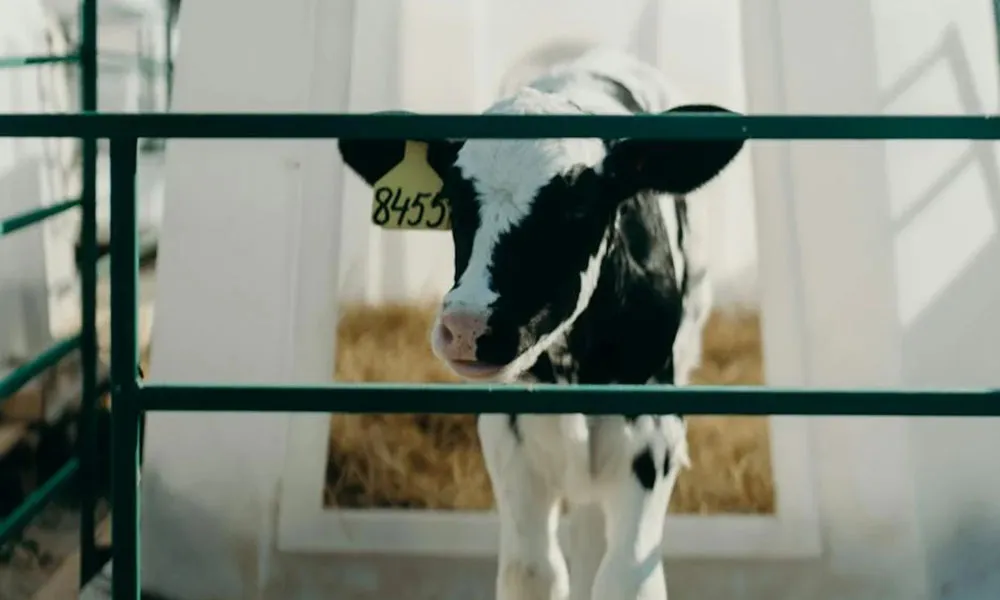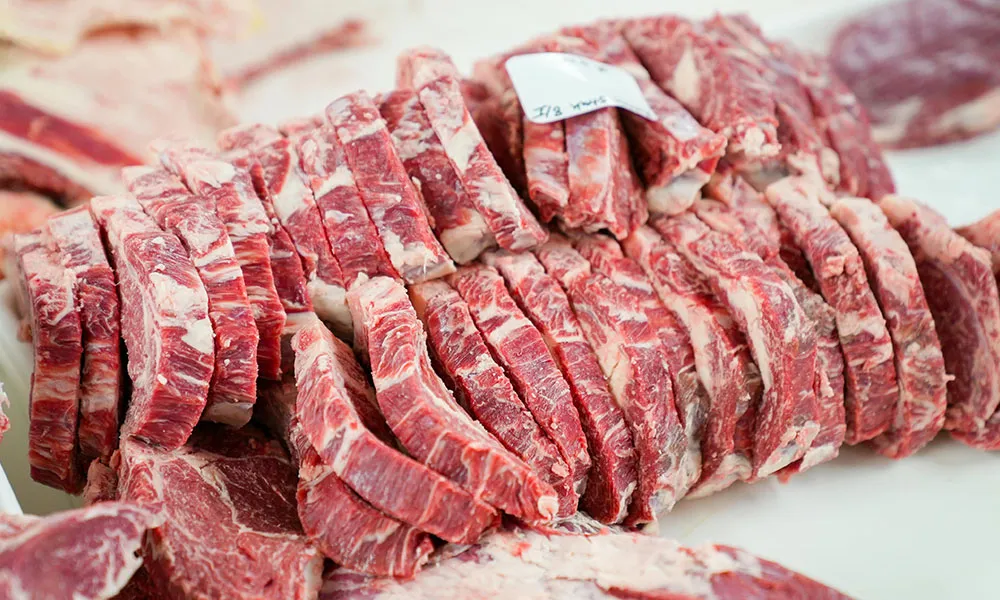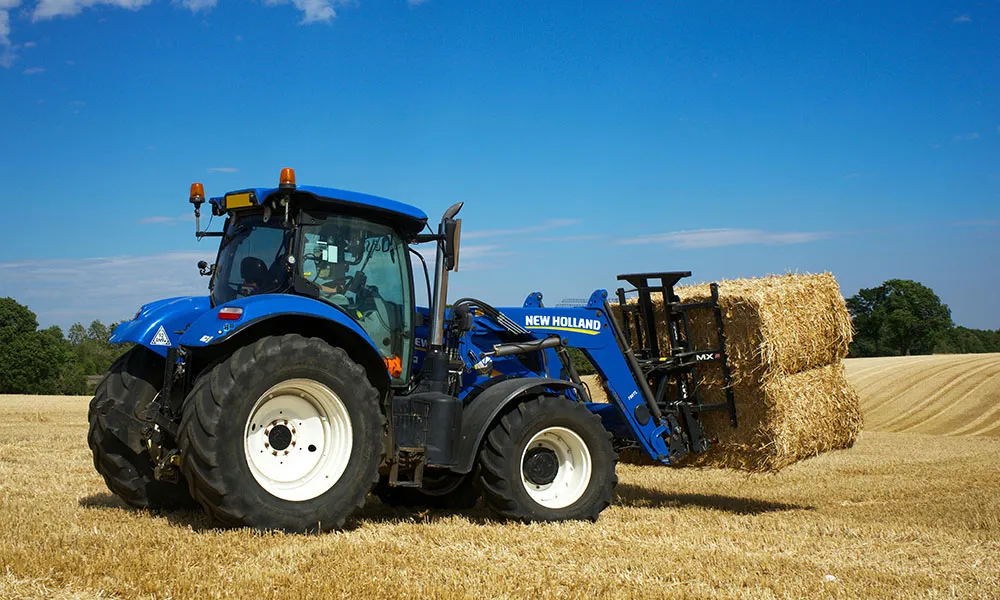
Weaning: a unique set of challenges?
With summer now clearly on the horizon, many suckler farmers are either weaning calves or preparing to wean them. Weaning presents a unique set of challenges for farmers and their livestock. Farmers rarely enjoy the inevitable bawling that attends separation of cow and calf. For the calves, weaning brings significant trauma, which in turn places strain on the animal’s health.
Johne’s Disease: an insidious killer
Among the key health concerns for weanling calves is the threat of Johne’s Disease (JD). Johne’s is an insidious disease caused by infection with the Mycobacterium avium sub-species paratuberculosis – a parasite commonly called MAP. The MAP bacteria colonise the gut of infected animals, growing slowly and ultimately causing damage to the digestive system.
Different from other parasitic infections?
Unlike many other parasitic infections, MAP can spread in time from the gut to other parts of the body. Animals suffering from advanced Johne’s disease have shown evidence of MAP colonization of the womb, udder and lymph nodes. MAP differs from other parasitic infections of the digestive system in other key ways. In contrast to stomach worms, exposure to which invariably results in infection, MAP does not always infect exposed animals. Symptoms of the disease are also very slow to manifest, and usually start to appear two or three years after the initial infection.
What to look out for
Young animals are especially prone to Johne’s disease because their immune systems are not as strong as they are in older cattle. However, if a weanling contracts Johne’s Disease, they are unlikely to show symptoms until they are about three years old. Symptoms of Johne’s Disease include the following:
- Low milk yield
- Lack of thrive/weight loss
- Swollen jaw (bottle jaw)
- Scour
- Poor fertility performance (not holding to the bull)
- Poor immunity
These symptoms tend to become more severe as the disease progresses. Damage done to internal tissue by MAP is irreversible and Johne’s Disease is typically fatal.
How MAP spreads
It goes without saying that Johne’s Disease leads to significant economic losses in infected herds. In order to mitigate risk, it is important that farmers understand the lifecycle of MAP and take precautions to prevent spread.
The parasite is usually spread from diseased animals (usually older) to susceptible animals, such as weanlings. Older animals, that have been carrying the infection for a long time, are most likely to transmit MAP through either dung or milk. Identifying the infection and dealing with it in time is problematic, however, since the disease may be in the herd for years before the first infected animal shows clinical signs of disease. In other words, a lot of your animals may already have a MAP infection before you identify one with Johne’s Disease.
Combatting MAP and Johne’s on your farm
Given the insidious nature of the parasite, good farming practices are essential if you are to offset the risk of infection. In particular, you should ensure that all calves are born in individual, clean and disinfected calving pens. Group calving indoors should always be avoided; as should any circumstance where calves are fed as a group from the milk of a single “donor” cow. If the donor cow is infected with MAP, she may transmit it to all calves.
Other ways in which the infected milk/dung of adult cattle could come into contact with an entire group of calves should be considered. For example, you should avoid spreading slurry from adult cattle onto pasture that will be grazed by weanlings. You should also avoid housing adult cattle and calves/weanlings together.
Unfortunately, there is no “quick fix” for MAP. Medicinal options for controlling the disease vary depending on the specific circumstances of your farm. If you are dealing with an outbreak of Johne’s Disease on your farm, you should talk to your vet and develop a control plan suitable to your specific circumstances.











